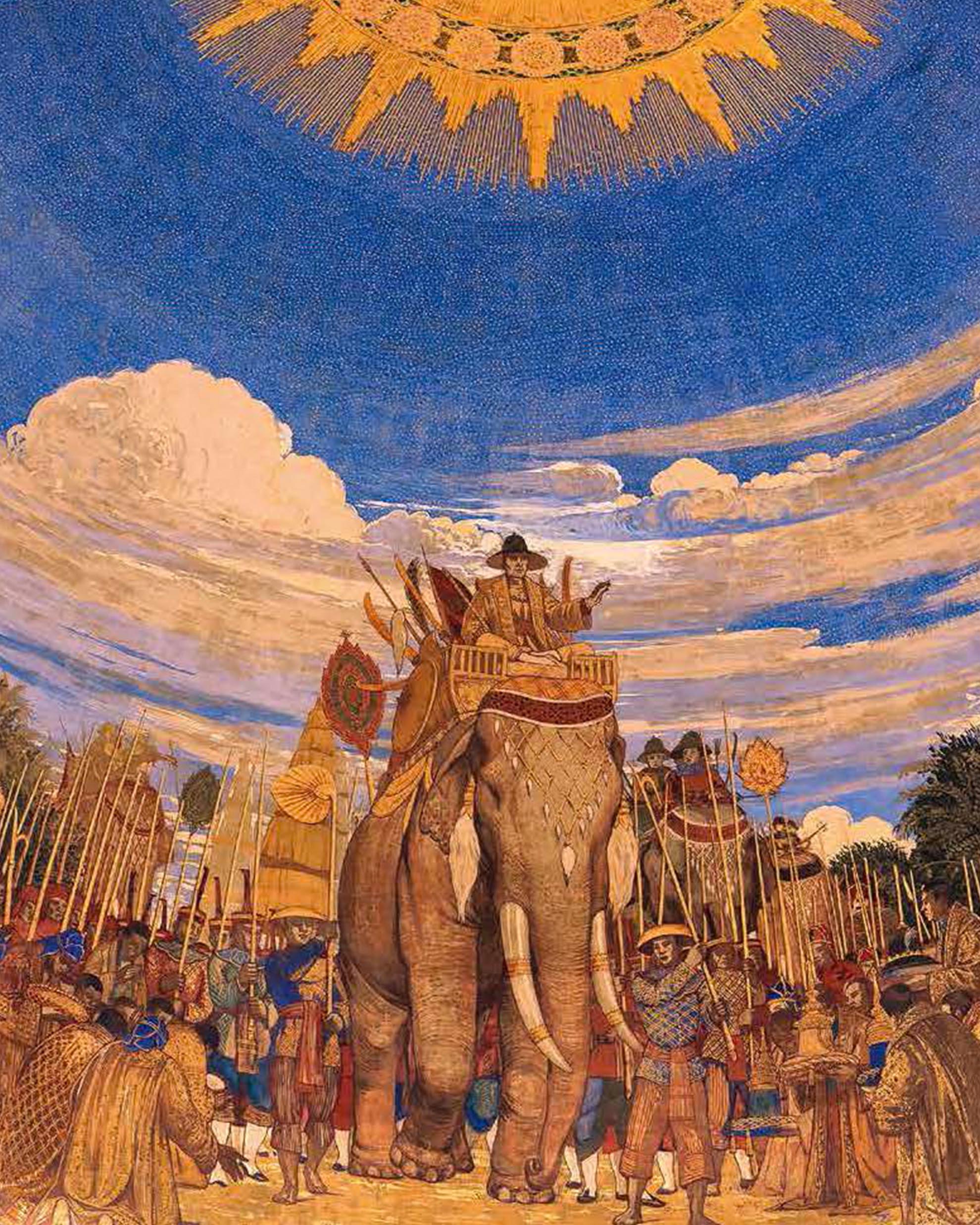
From Tuscany to Siam
GALILEO AND THE KING OF SIAM
Neungreudee LohaponIn his youth, he was a monk and had practiced strict sexual abstinence; at age 47, he ascended the throne, becoming King of Siam (present-day Thailand): he had 32 wives and 82 children. His name was Mongkut. It was he who encouraged the Westernization that allowed Siam, alone among the countries of Indochina, to avoid becoming a colony. In order to impart a European education to his numerous progeny, and especially to the heir apparent, Chulalongkorn, Mongkut hired Anna Leonowens as governess and tutor; much later, their interactions would be chronicled in books, Broadway musicals, and Hollywood motion pictures (Mongkut was played, in various productions, by Rex Harrison, Yul Brynner, and Chow Yun-Fat). Though the rulers of Siam turned to the Anglo-Saxon world in their bid to modernize, when it came to beautifying their country they chose to work with Italians who, as Mongkut’s successor, King Rama V, wrote: “have been artists since earliest antiquity.” Many Italians, by and large Piedmontese, were already working in Bangkok when their Tuscan fellow-Italian, Galileo Chini, was invited in 1910 to decorate the new Throne Room of Siam, presented in these pages.







